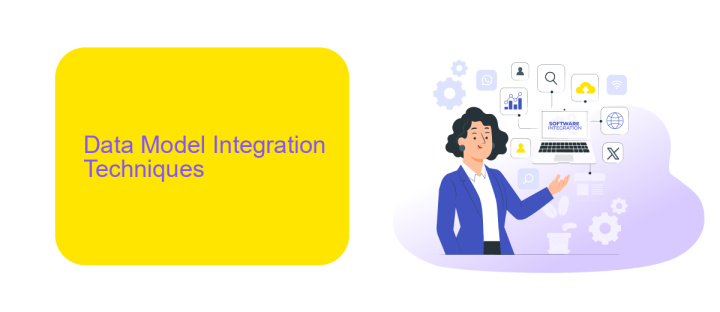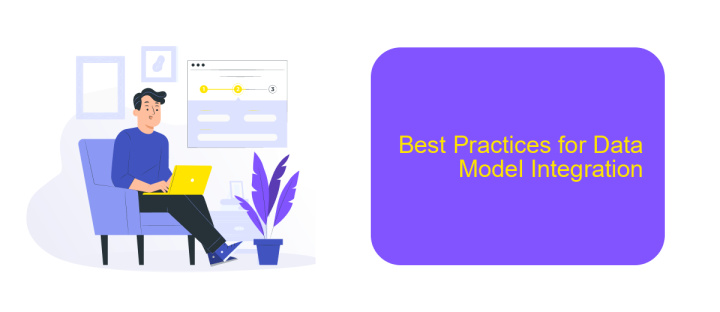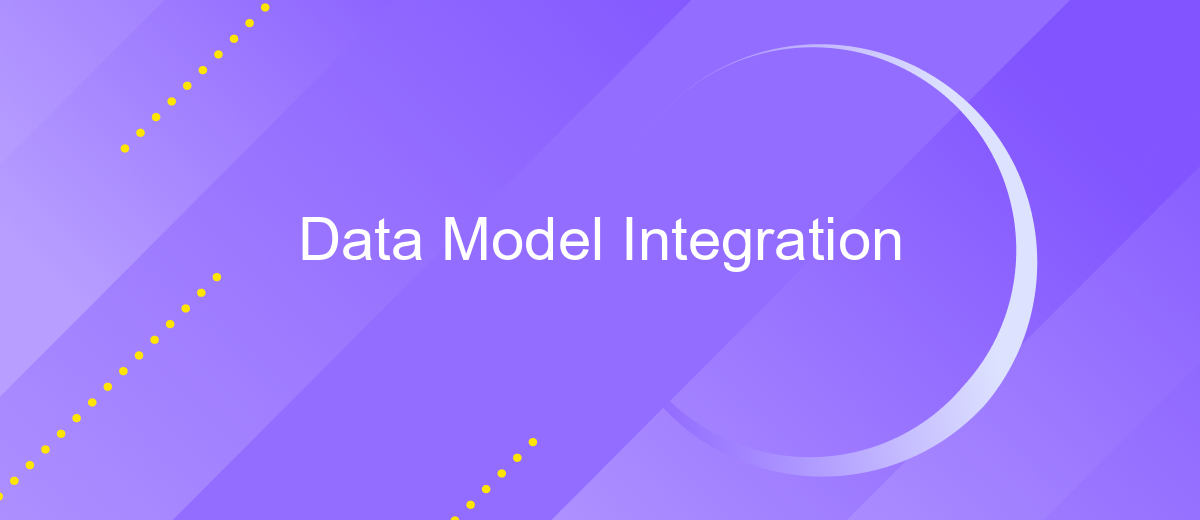Data Model Integration
Data model integration is a crucial aspect of modern information systems, enabling seamless interaction and data exchange between diverse applications and databases. By harmonizing different data models, organizations can enhance data consistency, streamline workflows, and support informed decision-making. This article explores the methodologies, benefits, and challenges associated with integrating various data models in today's dynamic technological landscape.
Introduction
Data model integration is a critical aspect of modern information systems, enabling seamless communication and data exchange between disparate systems. As organizations increasingly rely on diverse software solutions, the need for efficient data model integration becomes paramount. This process not only enhances operational efficiency but also ensures data consistency and accuracy across different platforms.
- Streamlines data exchange between various systems
- Ensures data consistency and accuracy
- Enhances operational efficiency
One of the tools that significantly simplifies data model integration is ApiX-Drive. This service allows users to connect various applications and automate data transfer without requiring extensive technical knowledge. By leveraging such tools, organizations can achieve a higher level of integration with minimal effort, ensuring that their data remains synchronized and up-to-date across all systems.
Data Model Integration Techniques

Data model integration techniques are essential for ensuring seamless communication and data consistency across different systems. One common approach is the use of ETL (Extract, Transform, Load) processes, which involve extracting data from various sources, transforming it into a unified format, and loading it into a target system. This method helps in consolidating data from disparate systems into a cohesive data warehouse, making it easier to analyze and report. Another technique is the use of data virtualization, which allows for real-time data integration without the need for physical data movement. This approach provides a unified view of data from multiple sources while maintaining data integrity and reducing latency.
Additionally, API-based integration is becoming increasingly popular for its flexibility and real-time capabilities. Services like ApiX-Drive facilitate this by providing a platform that connects various applications and automates data transfer between them. ApiX-Drive supports a wide range of applications and offers customizable workflows, making it easier to synchronize data across different systems without extensive coding. By leveraging such integration platforms, organizations can achieve efficient data model integration, ensuring that all their systems work in harmony and data remains consistent and up-to-date.
Challenges in Data Model Integration

Data model integration presents several challenges that can complicate the process of merging and managing data from diverse sources. These challenges must be addressed to ensure seamless and efficient integration, which is crucial for accurate data analysis and decision-making.
- Data Inconsistency: Different data sources may have varying formats, structures, and standards, leading to inconsistencies that need normalization.
- Scalability Issues: As the volume of data grows, maintaining performance and ensuring the system can scale becomes increasingly difficult.
- Data Security: Integrating data from multiple sources raises concerns about data privacy and security, requiring robust measures to protect sensitive information.
- Complexity of Integration Tools: The tools and platforms used for data integration can be complex and require specialized knowledge, making the process time-consuming and error-prone.
To address these challenges, leveraging advanced integration services like ApiX-Drive can be highly beneficial. ApiX-Drive simplifies the process by offering a user-friendly platform that automates data integration, ensuring consistency and scalability while maintaining high security standards. By using such services, organizations can streamline their data integration efforts and focus on deriving actionable insights from their data.
Best Practices for Data Model Integration

Data model integration is a crucial aspect of modern data management, ensuring seamless communication between disparate systems. To achieve successful integration, it's essential to follow best practices that enhance compatibility, maintain data integrity, and optimize performance.
First, clearly define the objectives of the integration. Understanding the specific needs and goals will guide the selection of appropriate tools and methods. Next, ensure data consistency by standardizing data formats and structures across all systems involved. This minimizes discrepancies and facilitates smoother data exchange.
- Utilize middleware solutions like ApiX-Drive to automate data transfers and streamline integration processes.
- Regularly validate and clean data to prevent errors and maintain high data quality.
- Implement robust security measures to protect sensitive information during data exchanges.
- Document integration processes thoroughly to aid in troubleshooting and future updates.
By adhering to these best practices, organizations can achieve efficient and reliable data model integration. Leveraging tools like ApiX-Drive can further simplify the process, enabling seamless data flow between systems and enhancing overall operational efficiency.


Conclusion
In conclusion, the integration of data models is a crucial step in ensuring seamless data flow and consistency across various systems and applications. By harmonizing different data models, organizations can achieve enhanced operational efficiency, improved data quality, and more informed decision-making processes. Effective data model integration reduces redundancy, minimizes errors, and facilitates better data governance.
Services like ApiX-Drive play a vital role in simplifying the integration process. ApiX-Drive offers a user-friendly platform that enables businesses to connect disparate data sources without extensive coding or technical expertise. By leveraging such tools, organizations can automate data synchronization, streamline workflows, and focus on deriving actionable insights from their integrated data. Ultimately, successful data model integration empowers businesses to harness the full potential of their data assets, driving innovation and competitive advantage.
FAQ
What is Data Model Integration?
Why is Data Model Integration important?
What are the common challenges in Data Model Integration?
How can automation help in Data Model Integration?
What are the best practices for successful Data Model Integration?
Time is the most valuable resource for business today. Almost half of it is wasted on routine tasks. Your employees are constantly forced to perform monotonous tasks that are difficult to classify as important and specialized. You can leave everything as it is by hiring additional employees, or you can automate most of the business processes using the ApiX-Drive online connector to get rid of unnecessary time and money expenses once and for all. The choice is yours!

